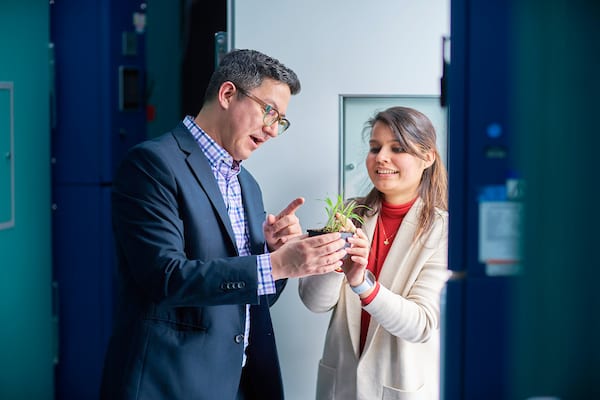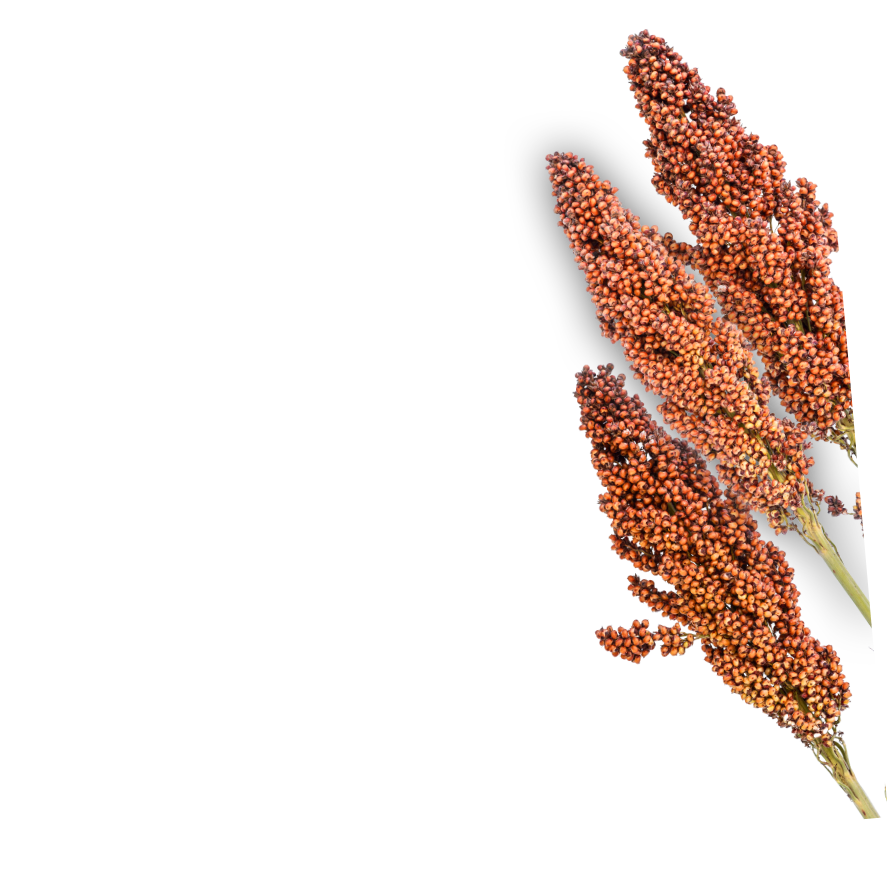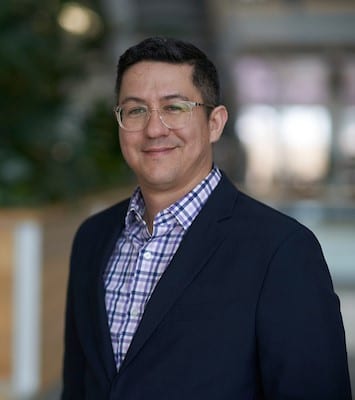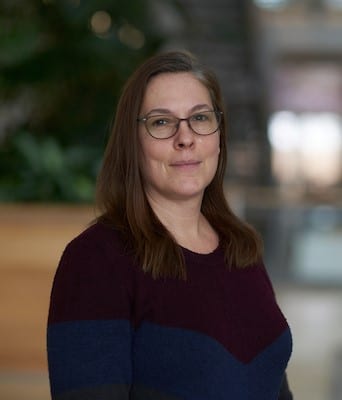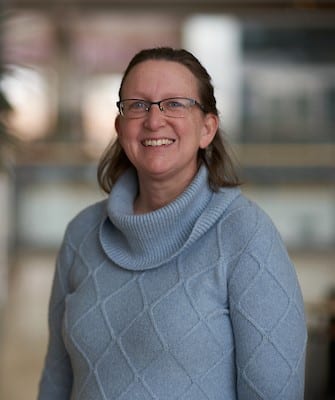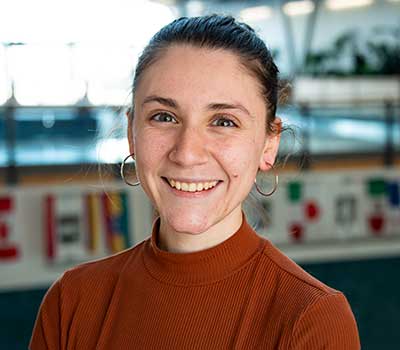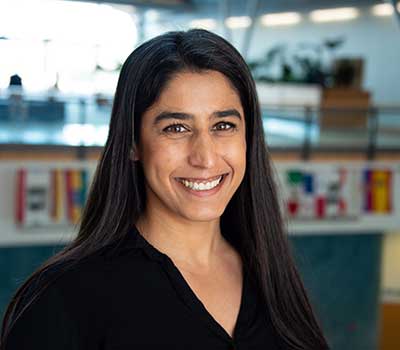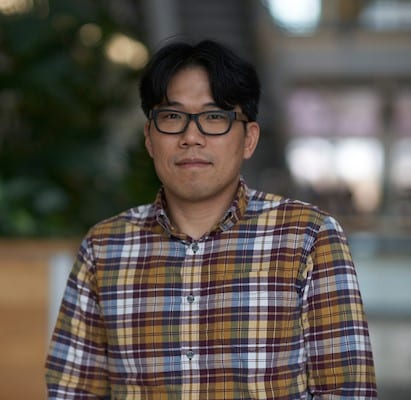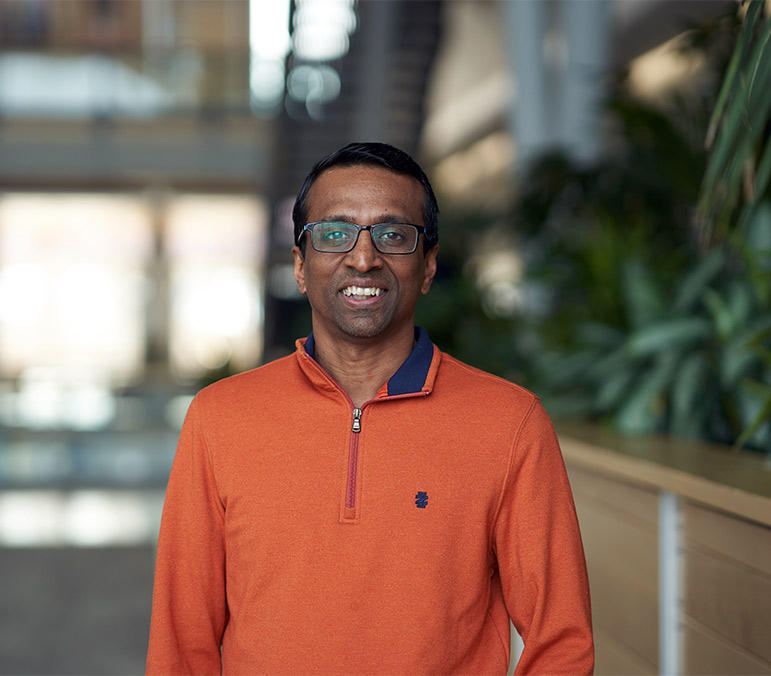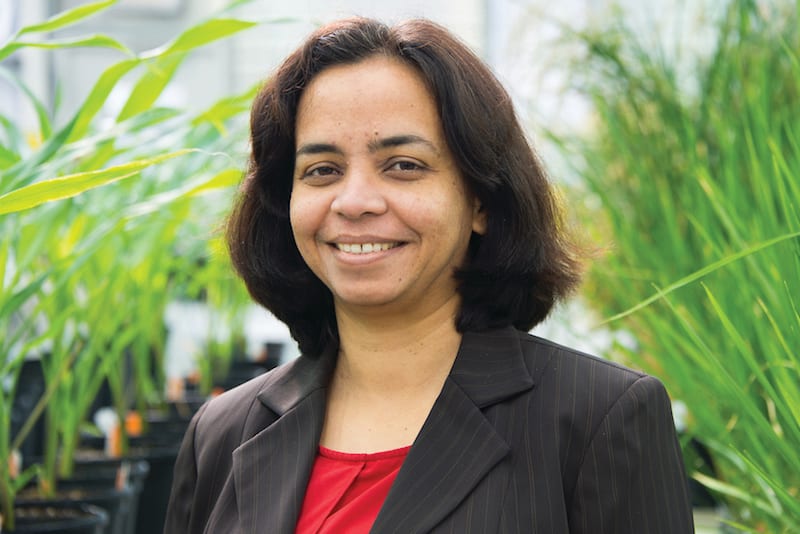Of Genes and Sunflowers
In a high school biology classroom in Los Angeles, Dmitri (Meter) Nusinow was learning about a technology that could be harnessed to change the world: genetic engineering.
He was inspired by the impact it could have for people across the planet, from saving lives through medical advancements to improving food security on a global scale. His teacher at Venice High School gave a lesson on genetic engineering, and he instantly knew what he wanted to do with his life. “From that moment on, I wanted to become a genetic engineer,” says Meter.
Meter became interested in the way organisms interact with the environment and pursued his PhD in early mammalian development - until he attended a talk by a plant scientist, Roger Hangarter.
Roger showed a video of a sunflower plant from his Plants-In-Motion series and how it responded to the environment. Up until that point, Meter hadn’t considered studying plants. “After seeing his presentation, I realized plants are constantly responding and interacting with the environment - all without a brain.”
Meter became fascinated by the way plants could anticipate daily changes in their environment, such as moving their leaves to where the sun will rise the next day.
Unlocking the Circadian Clock
Today, Meter’s lab wants to understand how plants tell time. How do plants know what time it is without a watch? How do they know what season it is without a calendar? To answer these questions, they study the circadian clock, or a plant’s internal measure of time using light and temperature.
“The reason we care about this is because many plant responses, how they are going to grow and develop, are mostly controlled by light and temperature and how these two environmental signals interact,” explains Meter.
Previously, scientists have studied the effect of temperature on plants, while keeping light constant, or vice versa. Meter wants to bring the two variables together to more accurately predict how a plant responds to changing environmental conditions: “Plants evolve outside where light and temperature are frequently moving together. If you change one without changing the other, you are getting a false picture of how the plant will actually respond.”
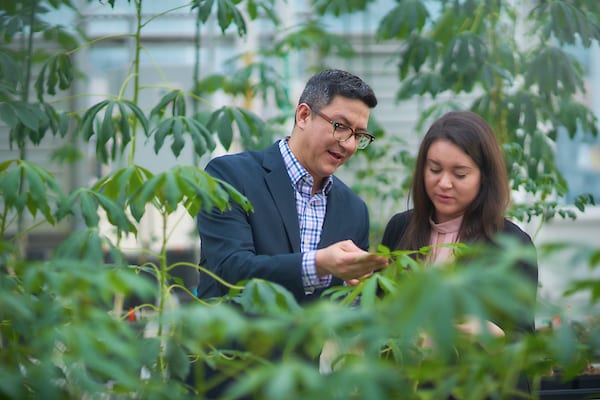
The Future of Food Security
Meter’s work has both eyes on the future of our changing environment. As our planet continues to heat up, growing food is going to become increasingly harder. Subtle changes in temperature can have major impacts on the plant development, and the solution will not be as simple as moving plants from more extreme climates to more temperate conditions.
“If you take a crop that grows well in Texas and move it to Minnesota, the performance is going to be very poor. That’s because the difference in both day length and temperature have a huge impact on plant growth and productivity,” explains Meter.
Understanding how temperature, light, and seasonal differences are interpreted by plants through their internal clock will help, though. With Meter’s research, there would be the potential to grow crops on land that was previously uninhabitable to plants. With the work of Meter and other principal investigators at the Center, we are getting closer to understanding the precise changes that we need to make in order to equip crops for a changing environment and continue to feed our growing world.
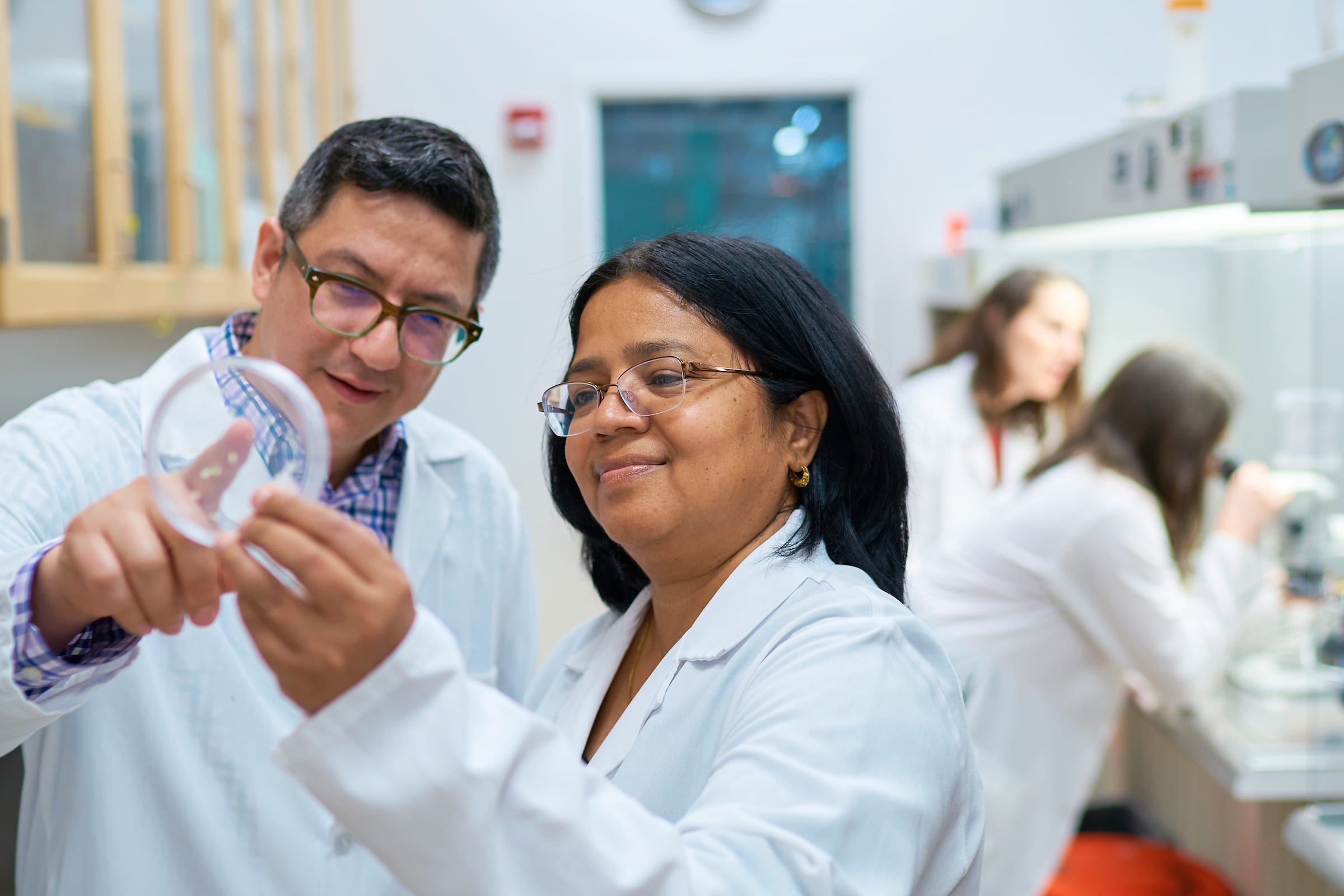
Passionate People, Powerful Plants
Though the challenges are grand, making an impact is what drives Meter: “At the Danforth Center, the distance between a discovery and an actual impact on the world can be very short. Here, you can make a discovery and potentially impact agriculture in a couple of years.”
With passionate scientists like Meter and the incredible power of plants, we can create real solutions for some of our greatest challenges.
